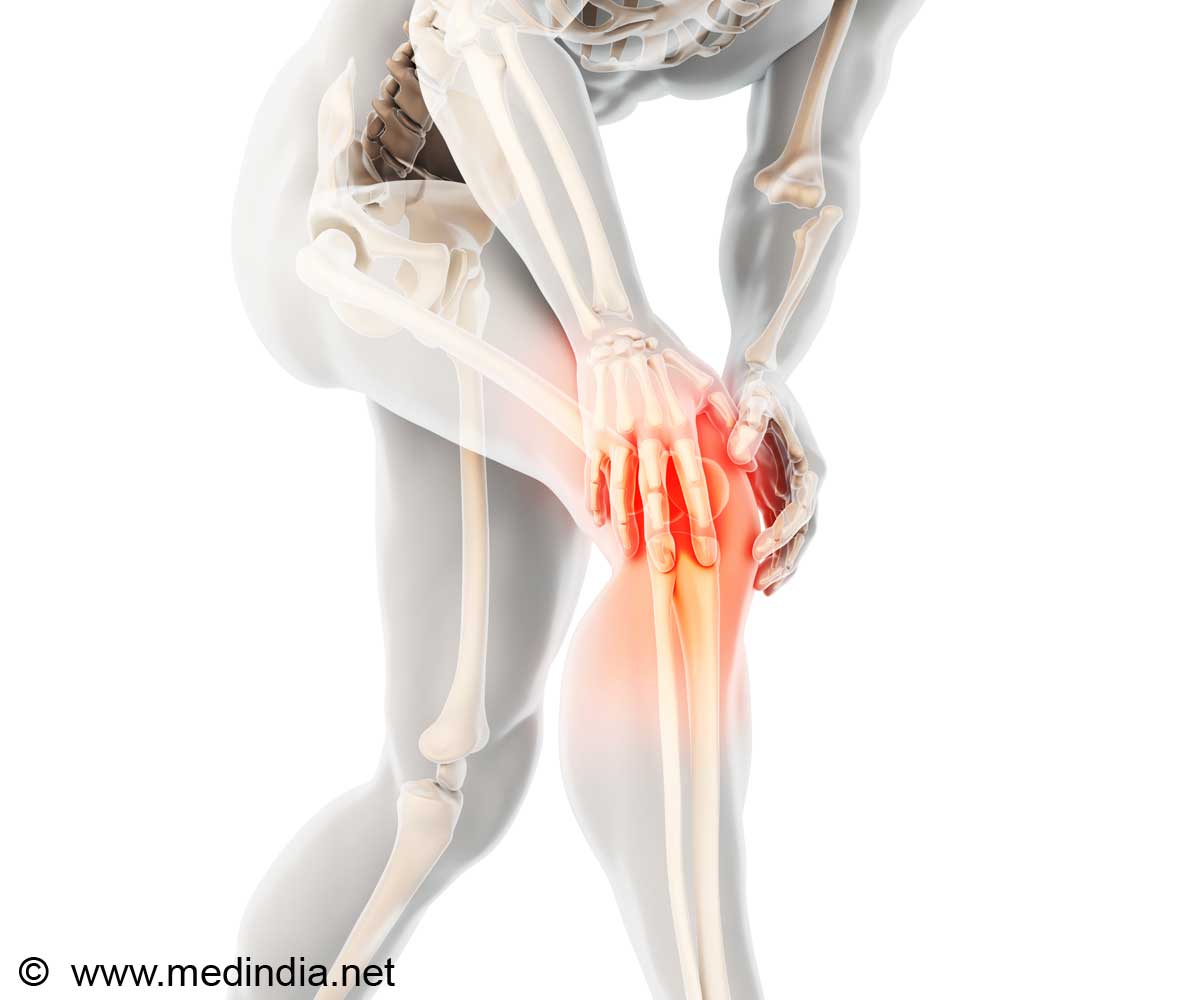
‘In patients with severe osteoarthritis, long-term use of prescription opioids for the treatment of chronic pain carries the risk of dependence and other serious harms. ’
Tweet it Now
To evaluate long-term opioid use in patients with severe osteoarthritis and to examine differences based on geography and healthcare access, Rishi J. Desai, MS, PhD, of Brigham and Women's Hospital and Harvard Medical School, and his colleagues analyzed 2010-2014 Medicare data on osteoarthritis patients undergoing total joint replacement. The analysis included 358,121 patients with an average age of 74 years. One in six patients used long-term prescription opioids (?90 days) for pain management in the year leading up to total joint replacement, with an average duration of approximately seven months. More strikingly, nearly 20 percent of the long-term users consumed an average daily dose of ?50 morphine milligram equivalents, an amount that was identified by recent guidelines as potentially imparting a high risk of opioid-related harms.
The average percent of long-term opioid users among advanced osteoarthritis patients varied widely across states, ranging from 8.9 percent in Minnesota to 26.4 percent in Alabama. Access to primary care providers was only modestly associated with rates of long-term opioid use (an average adjusted difference of 1.4 percent between areas with highest versus lowest concentration of primary care providers), while access to rheumatologists was not associated with long-term opioid use.
"These findings suggest that regional prescribing practices are key determinants of prescription opioid use in chronic pain patients, and geographically targeted dissemination strategies for safe opioid prescribing guidelines may be required to address the high use observed in certain states," said Dr. Desai.
Source-Eurekalert















